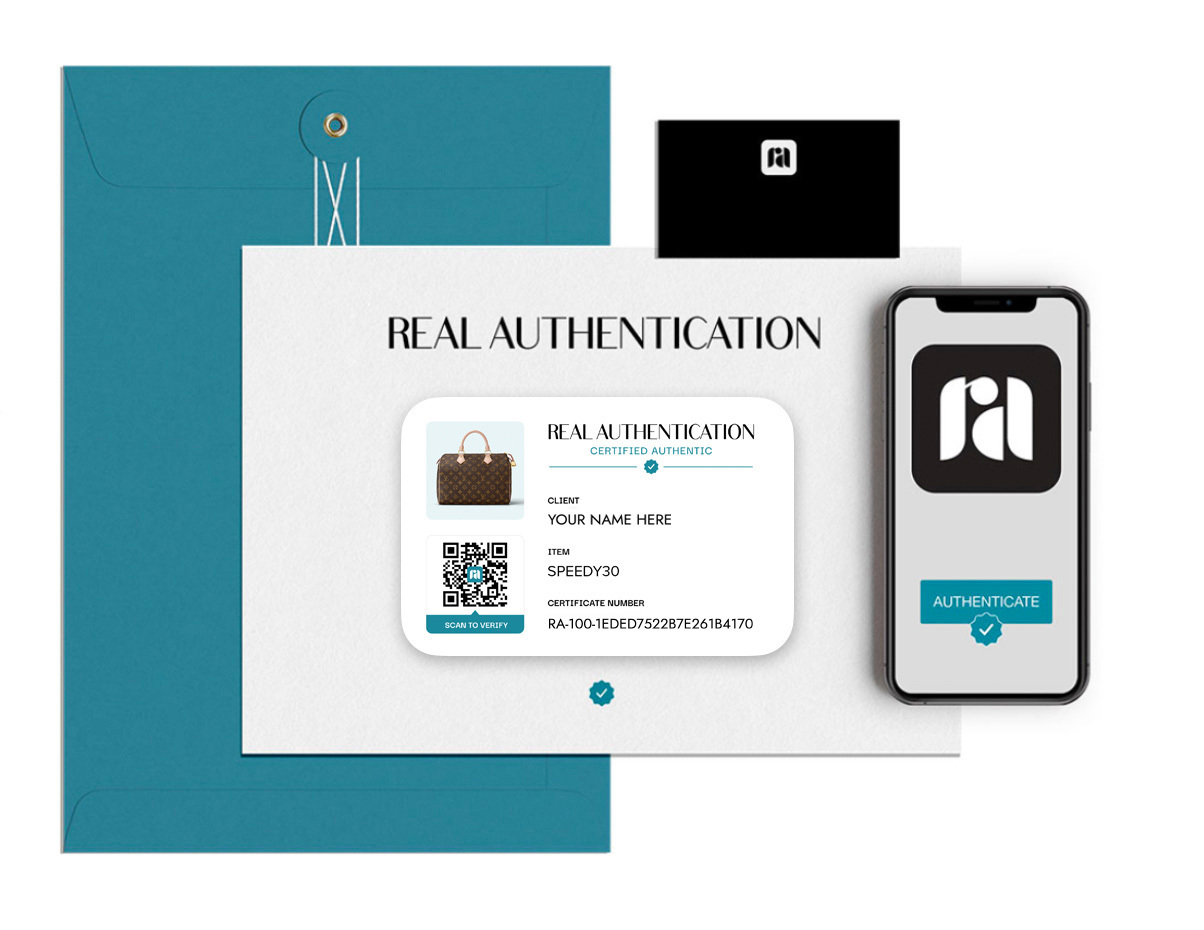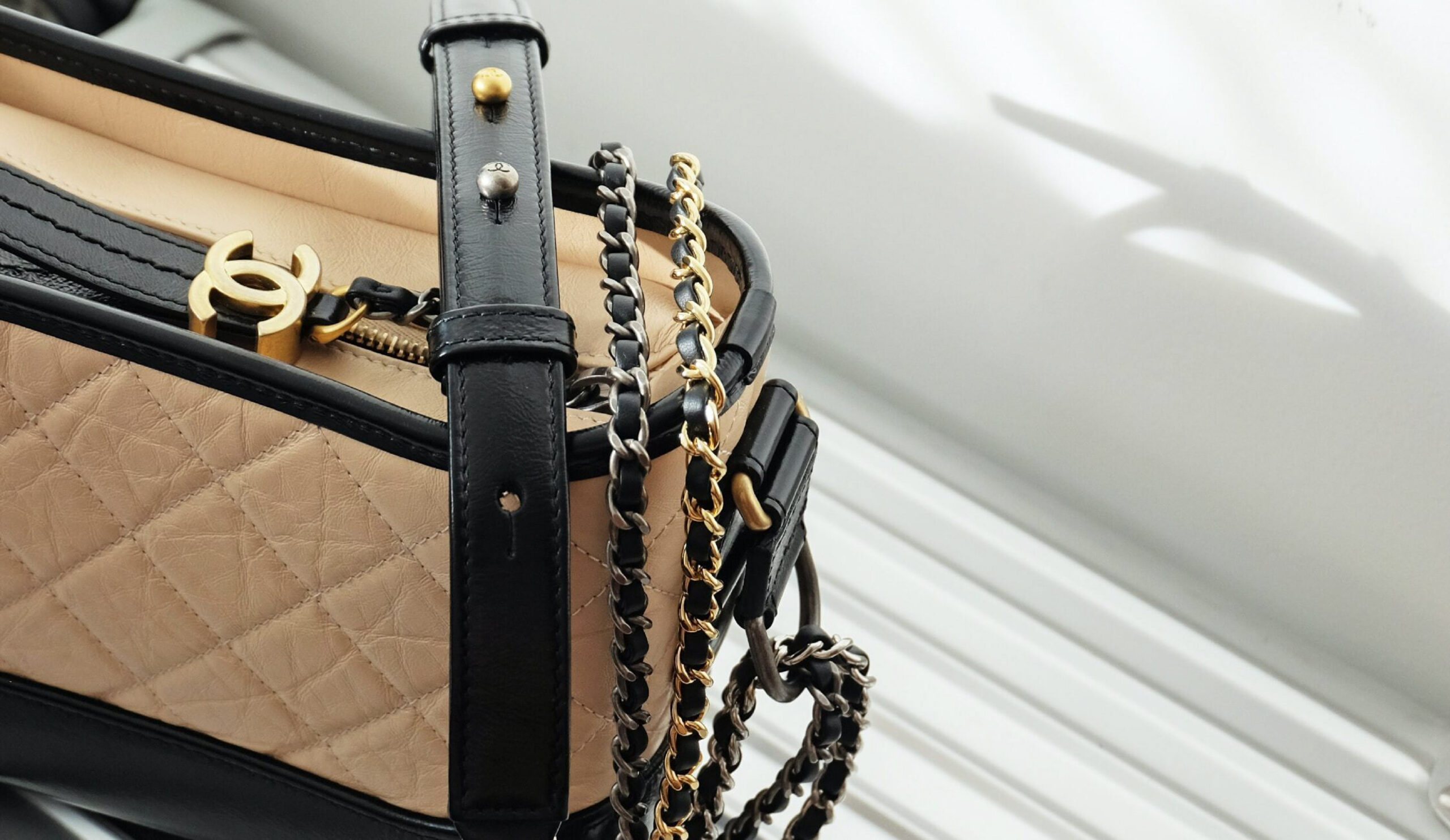Most Common 5 Types Of Return Fraud Explained
Types of Return Fraud
Here are the most common types of fraud to watch out for in Retail and eCommerce shops
Return fraud for luxury products can be quite complex. You would think someone would be more interested in keeping designer pieces that could compound value over time. Who wouldn’t want to keep a Hermès Birkin Bag, a set of YSL shoes, or Dior handbags in their closet? Once out of season, they can become more valuable to those who missed out on the debut. However, to define a fraudulent return, we understand it as taking advantage of return policies and terms of use policies to make a net profit return at the merchandiser’s expense. Knowing this, the financial come up from returning fake Dior, Chanel, or any other replica from a top-notch designer is much more valuable to those looking for a quick hit of fortune. Below are the most common forms of return fraud that occur in the luxury sector.
1. Receipt Falsification
Is a common way to conduct fraudulent return transactions. Any shopper can find a similar receipt online, or copy and augment a copy that’s inconspicuous to the untrained eye. Typically, someone will shoplift a high-end item and provide a deep-faked receipt to get the money from the bag. Employee-assisted fraud is a type of organized crime or insider fraud where the employee knowingly accepts a return to allow the person returning to receive the money fraudulently. Price switching occurs when someone places a higher price on a luxury item to get more money when returning the product back to the retailer. Pricing arbitrage is when the returner buys a cheaper item with a higher price tag switched onto it, to then return it and profit from the price difference.
2. Switch Fraud
Switch fraud is one of the more well-known types of fraud where the purchaser returns a previously owned or broken item under the guise of being a higher-end item to make a profit. Bricking is a type of return fraud where a purchaser buys an electronic item to strip it of its usable components and then returns it for a profit. A Gameboy could be returned but it’s rendered as useful as a ‘brick’ or a sardine can without the parts that make it a lasting childhood memory.
3. Cross Retail Fraud
A cross-retail fraud transaction simply means that an item is bought at one department store, then returned to another for a higher price, and thus creating a net profit for the fraudulent returner. This simply means if a scam artist bought a Fendi handbag at a Neiman Marcus in one city, they’d return it to a different Neiman Marcus at a different location that will accept the return with a higher price tag. Designer scam artists often use this method to avoid being caught in numerous return transactions at a single department, supposedly making it harder for investigators at the retailers to track their conniving conduct.
4. Open-box Return Fraud
Open-box return fraud is a type of policy abuse where the purchaser buys an electronic and returns it opened, with the intent to rebuy it as an ‘open-box’ electronic with a lower price. This would be an easy way to a Mac for hundreds of dollars cheaper than usual. All open-box electronics are more inexpensive than those with the original manufacturer’s packaging and this type is most similar to price switching.
5. Wardrobing Fraud (wear it and return it)
Mass media has often portrayed wardrobing fraud in their plotlines for youth entertainment. The story will typically go like this: a late-twenties protagonist has a high-class party to attend and rent due in a week, but they use their rent money for an ensemble only to return it later with the tags still attached. Often, with wardrobing, the purchasers may not get their money back if it has obvious signs of wear like sweat stains, food droppings, and the like. Some folks may even try to get it dry-cleaned before returning.
Even without scam artists creating costs for fraudulent transactions, policy-adhered returns still create a large cost for merchandisers. In 2021, all return transactions cost merchants approximately $761 billion. For each $1 billion spent on merchandise, consumers return about $166 million worth of products. For each $100 re-absorbed by a retailer in returned merchandiser, about $10.30 consists of fraudulently returned products (Emarketer). Nordstrom has been financially tanked by its liberal return policies with a total of $2 billion in fraudulent returns out of the total of return transactions (Yahoo).
Merchants have reported a general 29% increase in returns since the beginning of the COVID-19 pandemic. Scam artists who specialize in designer handbag fraud combined with an increase in overall returns since the pandemic, the sheer volume of fraudulent return transactions is daunting to already small and short-staffed teams. “But they bought this directly from the boutique” is no longer enough. All social platforms claim that their return policies and terms of use strictly prohibit the advertisement, promotion, or facilitation of the sale of counterfeit designer goods. Yet, the sales of super fakes or deep dupes are still rampant in the luxury section. Scammers are returning counterfeit goods to the original boutique and unsuspecting consumers like you get stuck with the replicas and a void in your pocket. An unknowing shopper most certainly wouldn’t think twice about authenticity when purchasing directly from the brand itself. Sales associates are simply not trained to detect high-quality fakes these days. As we have seen far too many times before, counterfeiters know they can sneak by store associates quite easily. Fraudulent returns leave retailers vulnerable to steep revenue losses and create the need to reimagine the customer experience to prevent a significant financial downturn. Please be sure to authenticate before or after buying, no matter where you have purchased the item.
In their policies and Terms of Use, all social platforms claim they strictly prohibit the advertisement, promotion, or facilitation of the sale of counterfeit goods… Yet selling fakes is rampant
Sources:
https://fraud.net/d/return-fraud/
https://www.signifyd.com/blog/how-to-prevent-return-fraud/
https://nripulse.com/miami-socialite-arrested-for-running-high-end-handbag-scam/
Disclaimer: Real Authentication is a 3rd party authentication service and is in no way affiliated with the brands it services.
About Real Authentication: Real Authentication’s mission is to provide individuals, dealers, and global brands with unparalleled confidence and peace of mind by leveraging our deep expertise and years of experience to deliver the most trusted and accurate luxury goods authentication service available. Follow this blog and sign up for our newsletter using the form below for more industry news, tips to spot counterfeits, and more! You can also connect with us on social media on Facebook, Instagram, TikTok, and Pinterest.
Need Expert Authentication?
Our user-friendly process lets you receive authentication in as little as 1 hour from anywhere in the world.

1. Upload Your Photos
Simply upload images showing your product—anything from luxury handbags to clothing, shoes, and more.

2. Product is Verified
Two or more expert luxury authenticators typically review each product. Orders stay in your account for future reference. Added layers of AI technology and Quality assurance help to ensure accuracy prior to approval.

3. Get Certification
Instantly receive electronic certification. Upgrade your order at any time to receive official documentation—from Authenticity Cards to Written Statements.


